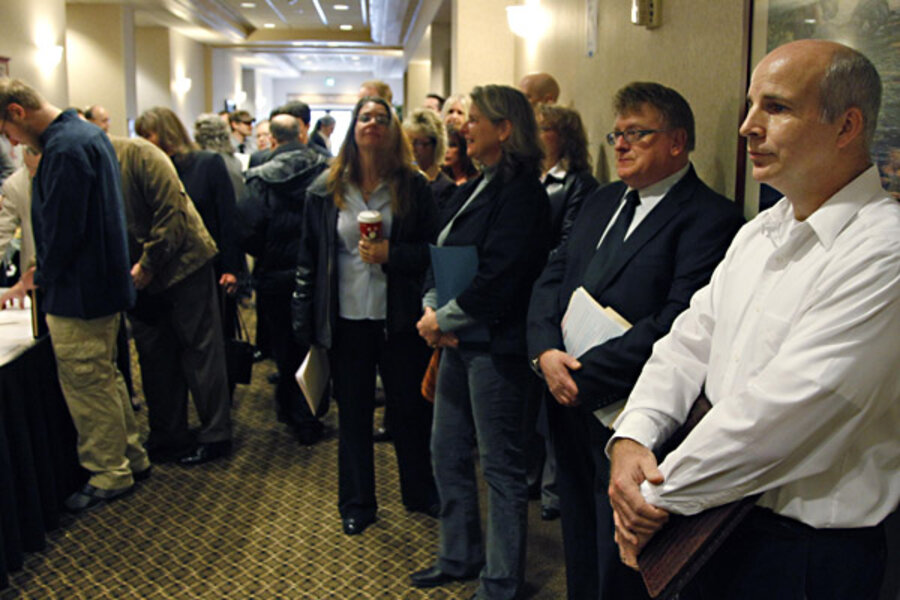Economy: Why the 'good' news isn't
Loading...
Thursday’s trading revealed nothing of importance. Small moves in stocks and gold. And oil dipped below $100.
But the news has been generally “good” ever since the European Central Bank made it clear that it will print money rather than see major banks or minor nations get what is coming to them. Like its US counterpart, the ECB will not permit a major bank or sovereign debtor to go bust.
“ECB sees signs of let-up in debt crisis,” is today’s headline in The Financial Times.
Let’s see…the news report goes on to tell us that Spain and Italy were able to sell 22 billion euros of debt yesterday, proving that they can still finance their deficits…and that, therefore, we have nothing to worry about.
To whom did they sell their bonds? We don’t know, but we presume the buyers were banks who were investing money they got on favorable terms from the ECB. So, you see, dear reader, that their willingness to buy the debt does not necessarily mean that either buyer or lender is solvent. Probably, neither is…
But with fears of a debt debacle in Europe off the front page headlines…the financial world has seemed rather benign, especially in America.
US stocks have rallied since October. The latest unemployment report from the feds was surprisingly upbeat. The dollar is strong. And US consumers are now re-leveraging, going deeper into debt in order to buy things.
Does this mean the Great Correction is over and done with?
Nah…
Europe is either already in recession…or entering recession. Leading indicators in the Old World are plunging sharply…
Manufacturing in the US is softening… And European sales affect 20% of US corporate revenue… A strong dollar actually makes it harder for US companies to sell their products overseas, and it reduces the contribution made by foreign subsidiaries to US earnings reports.
Oil, meanwhile, has remained near $100 despite a sell-off in commodities and “risk-on” assets. This leaves both business and consumers with little free cash to spend…and squeezed profit margins. Already, corporate profit margins are beginning to come down…as they should.
The Fed came out with its “Beige Book” this week. Our reading of the report — which includes updates from 10 districts around the country — is that conditions haven’t gotten any worse…but that they haven’t gotten any better either.
Most important, the two key ingredients in household wealth — wages and housing values — remain in a slump. None of the 10 districts reported much improvement in either area.
So, even if consumers did go on a bit of a shopping spree over the holidays, it is unlikely to continue. Because there is nothing behind it.
Remember, this time it IS different. This time there is nowhere to go but down.
Households could increase their debt levels in the ’80s, ’90s and ’00s only because 1) they began at a fairly modest level, and 2) housing prices were going up. While household debt has come back down to levels of the early ’00s…they have a long way to go before they are back to the long-term averages of the ’60s, ’70s and ’80s.
As for employment, the latest numbers were better than they had been but hardly a sign of a real recovery. From the “WorkBlog” at The Washington Post:
On Friday, we got the December jobs number: +200,000. That’s good, but not good enough. I posted a graph from the Hamilton Project showing that, at that rate, the labor market wouldn’t recover till 2024. But perhaps that’s too pessimistic. The Economic Policy Institute took a look at the same numbers and concluded that a growth rate of 200,000 jobs per month would lead to a full recovery in seven years or so. That’s nothing to celebrate, but it’s better than the Hamilton Project’s estimate of 12 years. It’s also a bit odd: Isn’t this a simple matter of taking job losses and dividing by monthly job gains? Well, no. The date of our eventual recovery depends on some crucial unknowables about the future of the American labor force.
The blogger doesn’t mention it, but even while the unemployment rate might go back to ‘normal’ in 7 to 12 years, the latest figures show household income still going down. That’s not going to do much for household budgets or purchasing power. Or their borrowing power, for that matter.
Who’s going to lend to households when both their ability to repay (their wages) and their collateral (their houses) are going down?
And what are aging baby boomers going to retire on, if they continue to borrow against declining collateral?
Our verdict: The higher borrowing and spending at the household level in December was a fluke, we believe, not a sustainable trend. The Great Correction continues…
Bill Bonner
for The Daily Reckoning








